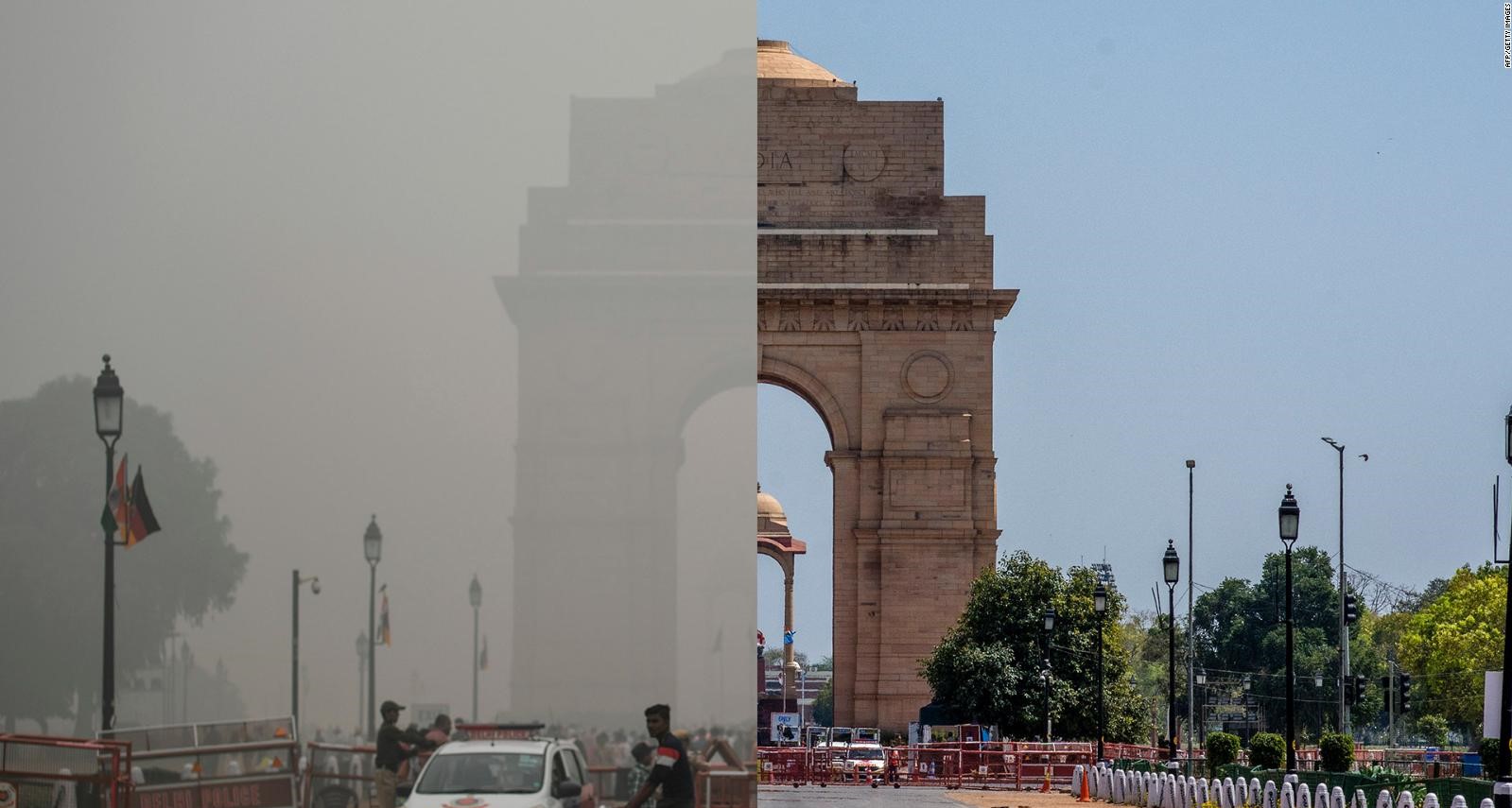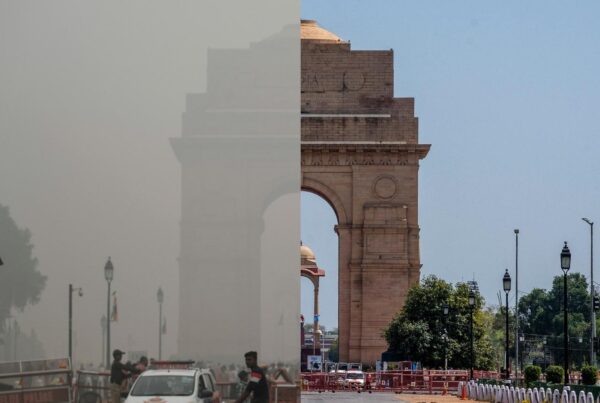The onset of winter has brought a severe surge in air pollution across India, particularly in the northern regions like Delhi-NCR, where the Air Quality Index (AQI) has repeatedly plunged into the ‘Very Poor’ and, in some pockets, ‘Severe’ categories.
This annual crisis is caused by a dangerous mix of emissions and unfavorable weather patterns. As temperatures drop, a meteorological phenomenon known as temperature inversion creates a cold, dense layer of air near the ground. This acts like an “atmospheric lid,” trapping pollutants from various sources that would normally disperse.
The sources include smoke from stubble burning—the practice of clearing crop residue in neighboring agricultural states like Punjab and Haryana—as well as emissions from vehicles, industry, and the increased burning of biomass for domestic heating as people seek warmth. Festive activities, such as firecracker bursting around the time of Diwali, often worsen the situation, contributing to the spike in particulate matter.
The resulting thick, toxic blanket of smog leads to a dramatic drop in air quality, with numerous monitoring stations recording AQI levels well above the 300 mark (Very Poor), and some exceeding 400 (Severe). This hazardous air quality poses an immediate and grave risk to public health, leading to a spike in respiratory and cardiovascular illnesses, especially among children, the elderly, and those with pre-existing conditions. Authorities have been forced to implement restrictions under the Graded Response Action Plan (GRAP) to curb emissions.




